GPCR/G protein

All GPCRs share a common seven trans-membrane structure. GPCRs are associated with heterotrimeric G-proteins which are GTP-binding proteins made of alpha, beta, and gamma subunits. When a ligand binds to GPCR, it activates the attached G-protein, the GDP is replaced with GTP. The activated G-protein then dissociates into an alpha and a beta-gamma complex which activates downstream signaling pathways. These intracellular signaling pathways include cAMP/PKA, calcium/NFAT, phospholipase C, protein tyrosine kinases, MAP kinases, PI-3-kinase, nitric oxide/cGMP, Rho, and JAK/STAT.
GPCRs are one of the most important therapeutic targets for various diseases, over 30% of all modern medicinal drugs target this family. Aberrant GPCR functions are involved in pathological conditions such as neurological, immunological and hormonal disorders. A large number of GPCRs have been identified, but whose ligands are not known, are classified as orphan receptors.
-
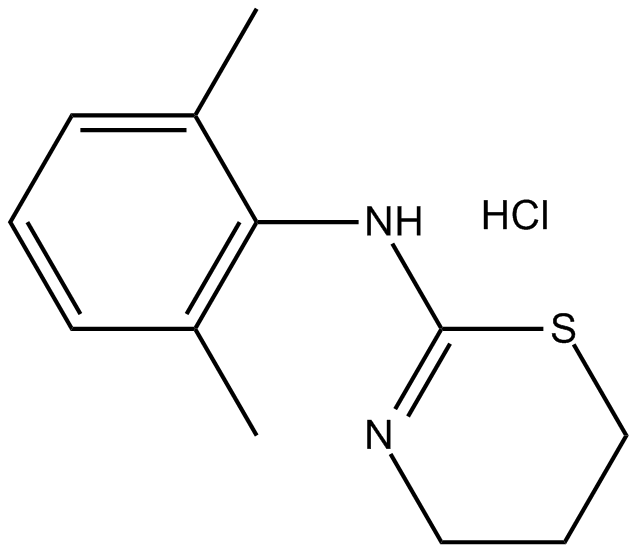 B1351 Xylazine HClSummary: α2 Adrenoceptor agonist
B1351 Xylazine HClSummary: α2 Adrenoceptor agonist -
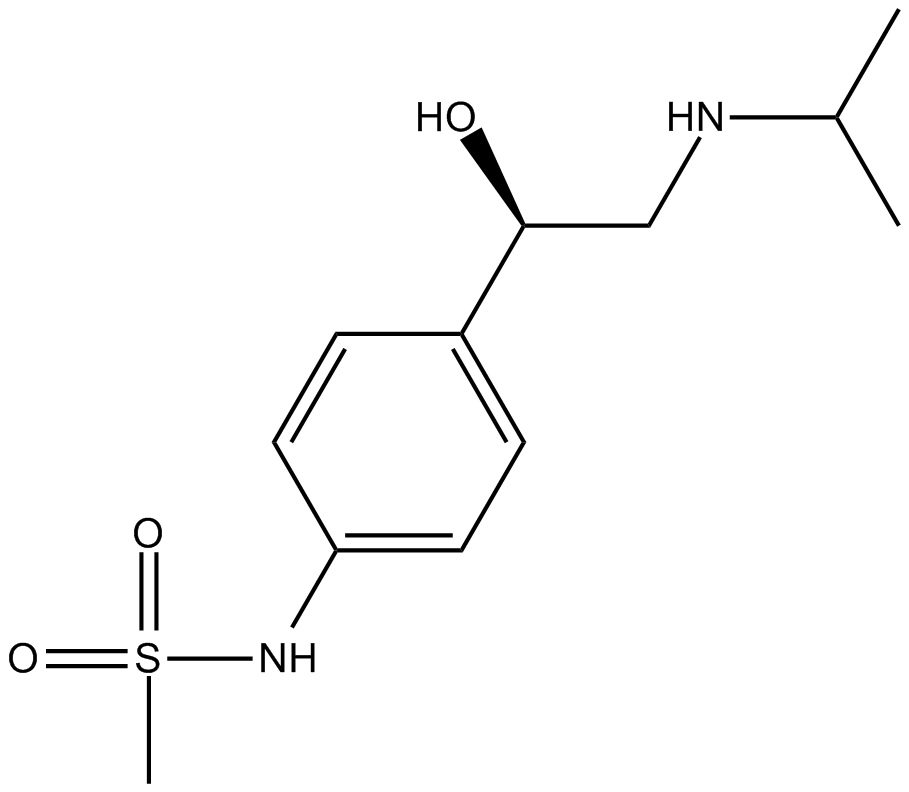 B1367 SotalolSummary: Adrenergic receptor antagonist
B1367 SotalolSummary: Adrenergic receptor antagonist -
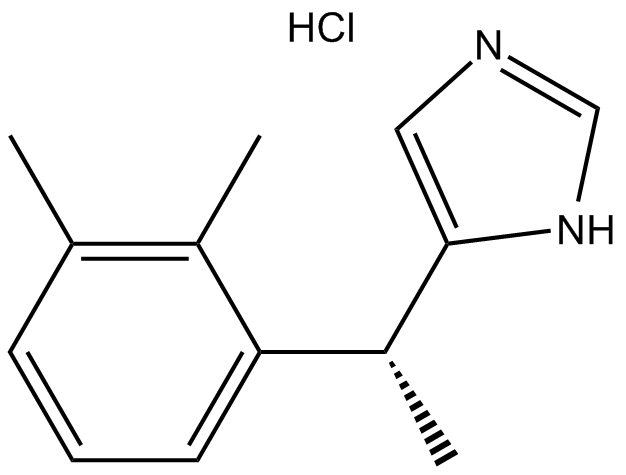 B1357 Dexmedetomidine HClSummary: Highly selective and potent alpha-2 adrenoceptor agonist
B1357 Dexmedetomidine HClSummary: Highly selective and potent alpha-2 adrenoceptor agonist -
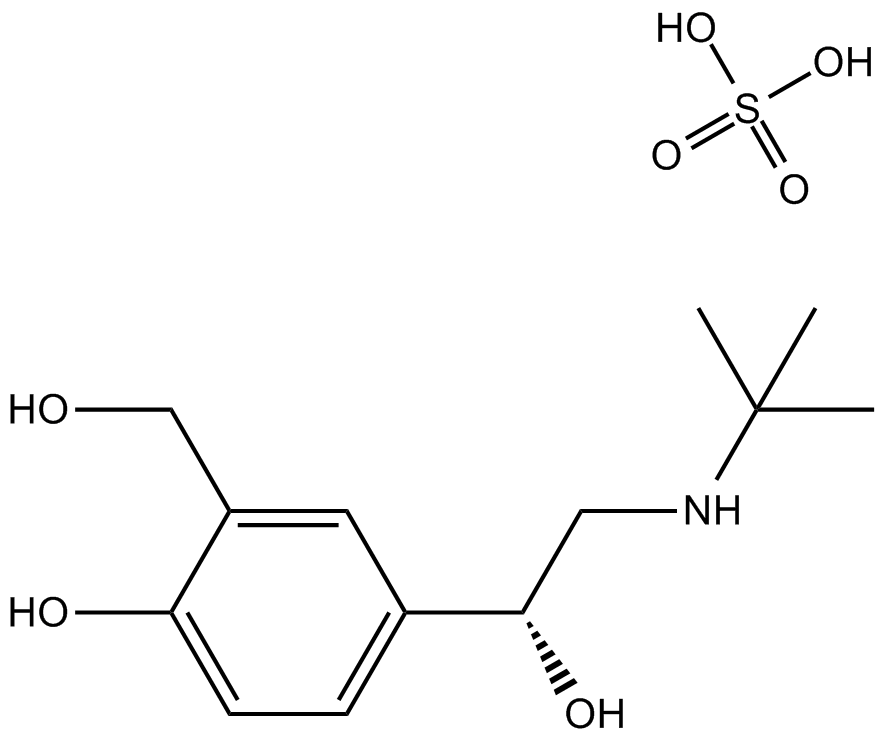 B1348 Salbutamol SulfateSummary: β-2 adrenergic receptor agonist
B1348 Salbutamol SulfateSummary: β-2 adrenergic receptor agonist -
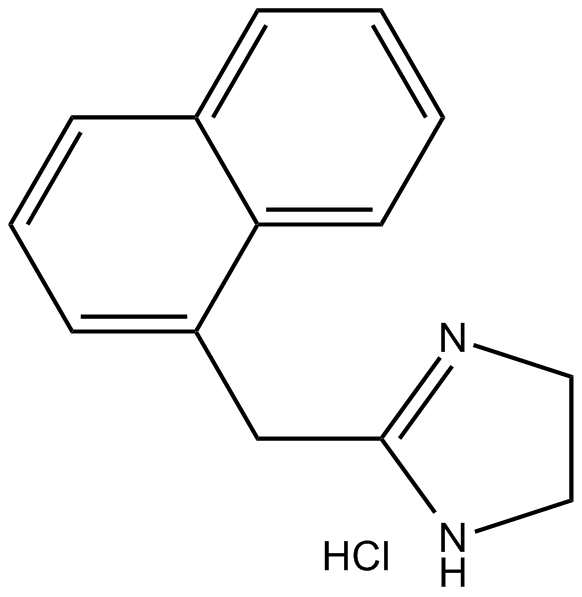 B1340 Naphazoline HClSummary: Adrenergic receptor agonist
B1340 Naphazoline HClSummary: Adrenergic receptor agonist -
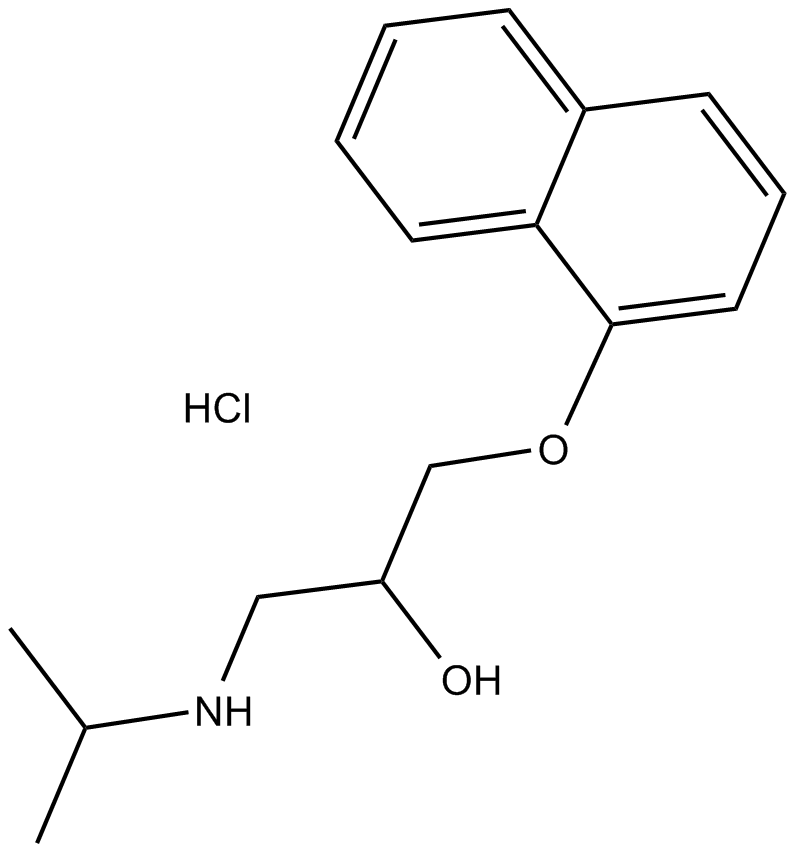 B1346 Propranolol HClSummary: Competitive non-selective beta-adrenergic receptors inhibitor
B1346 Propranolol HClSummary: Competitive non-selective beta-adrenergic receptors inhibitor -
 B1342 Oxymetazoline HClSummary: Alpha-1/alpha-2 agonist
B1342 Oxymetazoline HClSummary: Alpha-1/alpha-2 agonist -
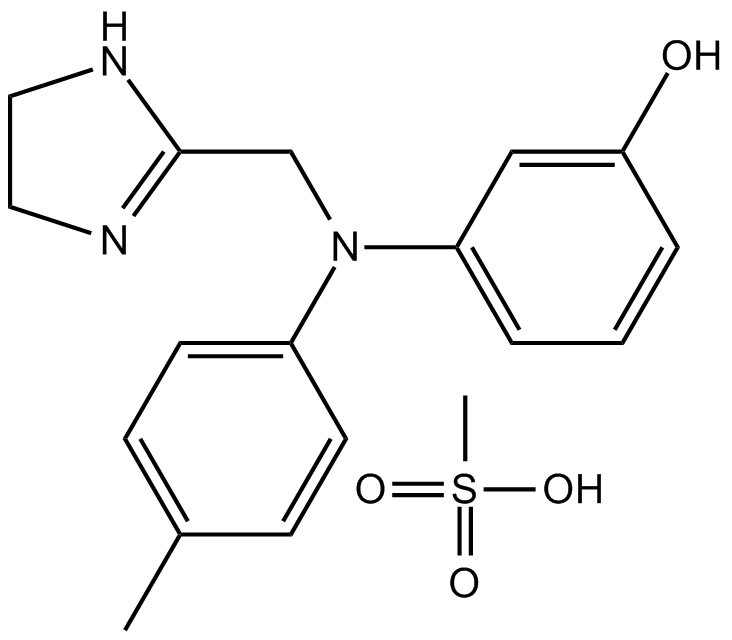 B1363 Phentolamine MesylateSummary: Alpha 1/2-blocking agent
B1363 Phentolamine MesylateSummary: Alpha 1/2-blocking agent -
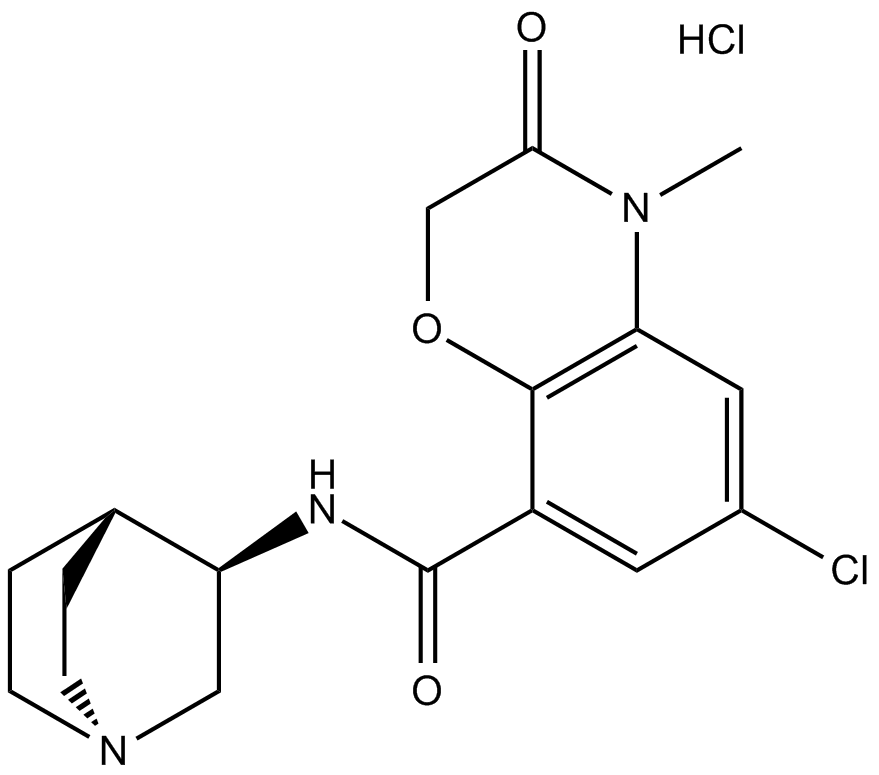 B2233 Azasetron HClSummary: 5-HT3 receptor antagonist
B2233 Azasetron HClSummary: 5-HT3 receptor antagonist -
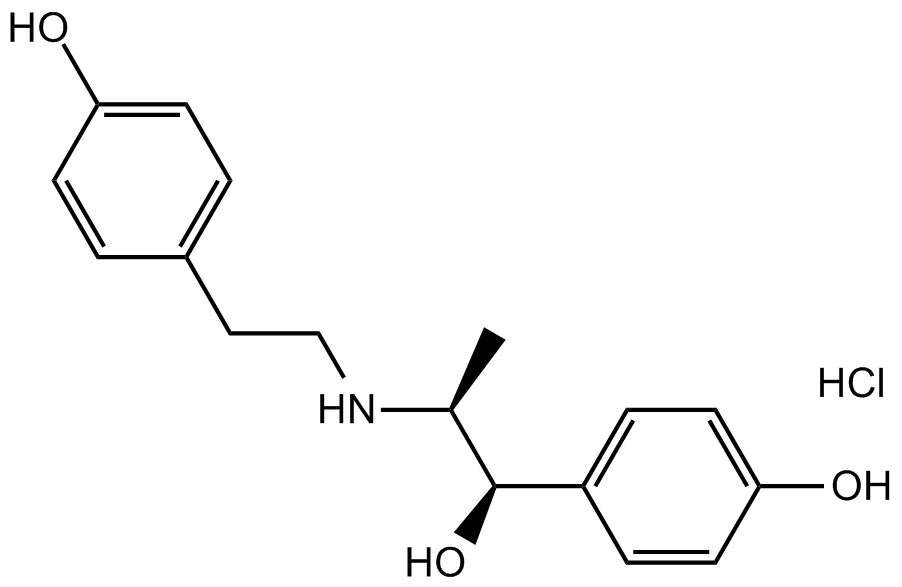 B1347 Ritodrine HClSummary: β-2 adrenergic receptor agonist
B1347 Ritodrine HClSummary: β-2 adrenergic receptor agonist

